Growing Geriatric Population
The increasing geriatric population is a pivotal factor influencing the Dermal Regeneration Market. As individuals age, they often experience a decline in skin elasticity and an increased susceptibility to skin injuries. This demographic shift is driving demand for effective dermal regeneration therapies that can address age-related skin issues. The elderly population is more likely to require treatments for chronic wounds and skin lesions, which are prevalent in this age group. Consequently, healthcare providers are focusing on developing specialized products tailored to the needs of older patients. This trend is expected to contribute to market growth, as the industry adapts to meet the unique challenges posed by an aging society.
Government Initiatives and Funding
Government initiatives aimed at promoting research and development in regenerative medicine are playing a crucial role in the Dermal Regeneration Market. Various countries are allocating substantial funding to support innovative projects that focus on skin regeneration technologies. These initiatives not only foster collaboration between academic institutions and industry players but also facilitate the commercialization of new therapies. Additionally, regulatory bodies are streamlining approval processes for advanced dermal regeneration products, which may encourage more companies to enter the market. As public and private sectors continue to invest in this field, the overall market landscape is expected to evolve, leading to the introduction of novel solutions that address unmet medical needs.
Increasing Incidence of Skin Disorders
The rising prevalence of skin disorders, including chronic wounds, burns, and surgical scars, is a significant driver for the Dermal Regeneration Market. According to recent estimates, millions of individuals are affected by various skin conditions annually, necessitating effective treatment options. This growing patient population is prompting healthcare systems to invest in advanced dermal regeneration therapies. The demand for effective wound care solutions is particularly pronounced in aging populations, where skin integrity is compromised. As healthcare providers seek to address these challenges, the market for dermal regeneration products is likely to expand, with a focus on innovative therapies that promote faster healing and improved quality of life for patients.
Rising Awareness of Aesthetic Treatments
The increasing awareness and acceptance of aesthetic treatments are propelling the Dermal Regeneration Market forward. Consumers are becoming more informed about the benefits of dermal regeneration therapies, such as skin rejuvenation and scar reduction. This trend is particularly evident among younger demographics who are seeking preventive measures against aging. The market for aesthetic procedures is projected to grow significantly, with a notable rise in non-invasive treatments that utilize dermal regeneration technologies. As more individuals prioritize their appearance, the demand for effective and safe aesthetic solutions is likely to drive market growth, encouraging manufacturers to innovate and expand their product offerings.
Technological Innovations in Dermal Regeneration
The Dermal Regeneration Market is experiencing a surge in technological innovations that enhance treatment efficacy and patient outcomes. Advanced biomaterials, such as hydrogels and scaffolds, are being developed to support skin regeneration. These innovations are not only improving the healing process but also reducing recovery times. For instance, the introduction of 3D bioprinting technology allows for the creation of customized skin grafts tailored to individual patient needs. This level of personalization is likely to drive market growth, as patients increasingly seek effective and minimally invasive solutions. Furthermore, the integration of artificial intelligence in treatment planning and monitoring is expected to optimize clinical outcomes, thereby attracting more healthcare providers to adopt these advanced technologies.


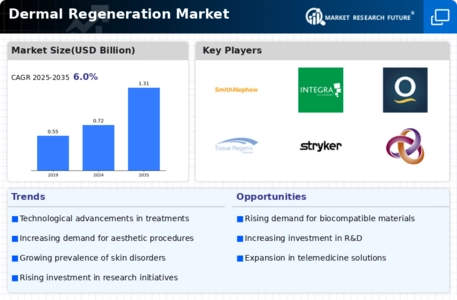
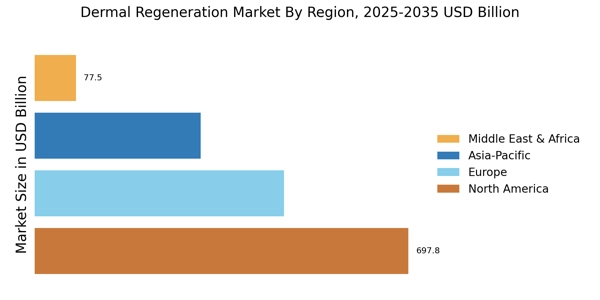
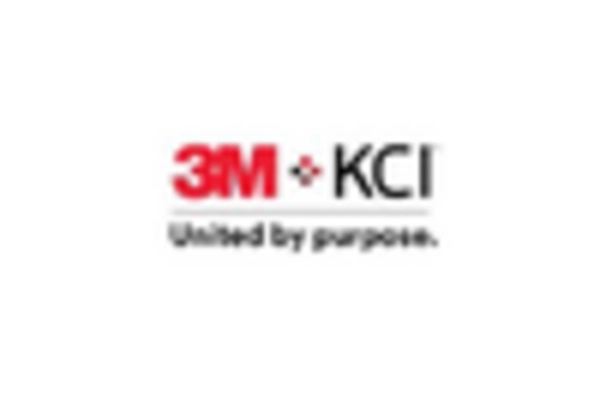
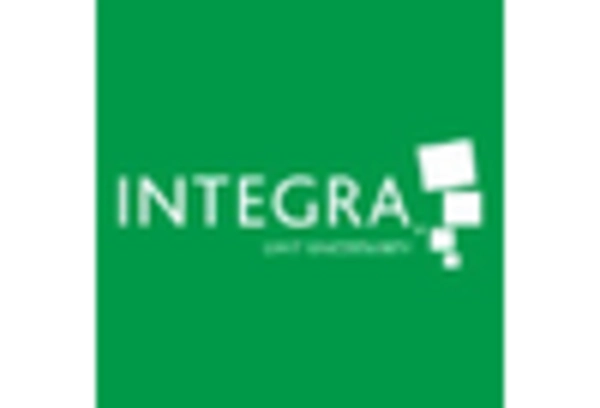
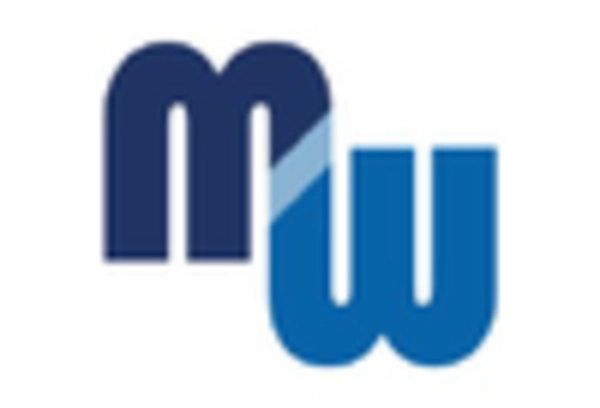
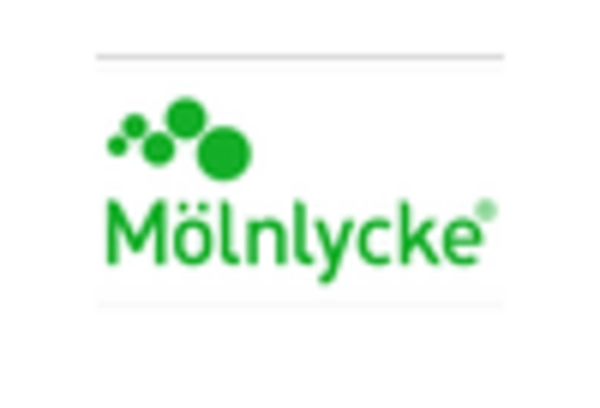
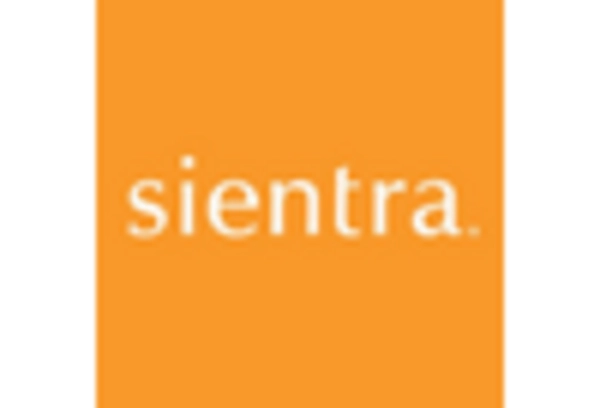
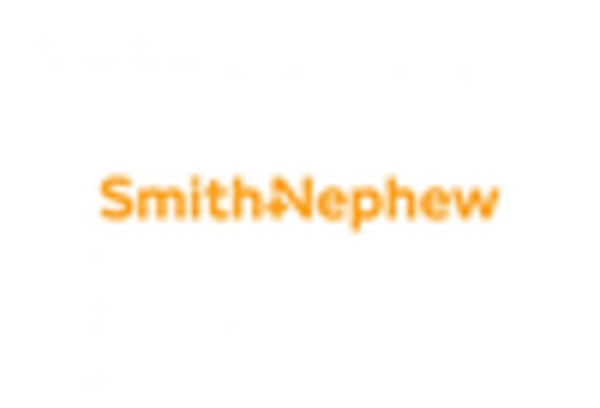








Leave a Comment